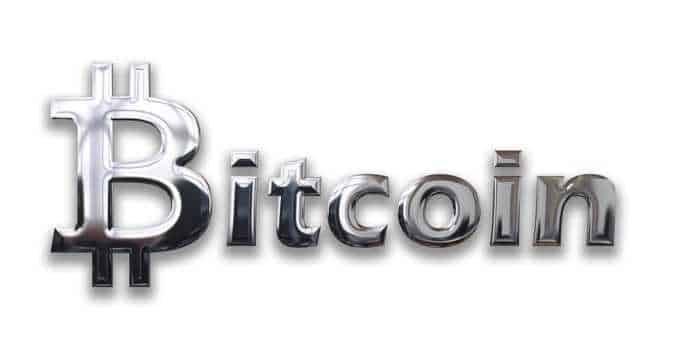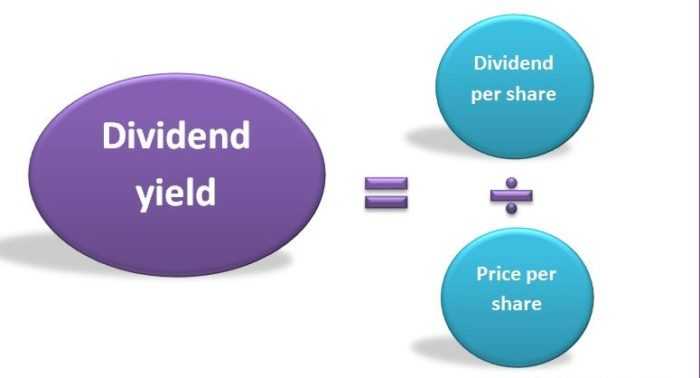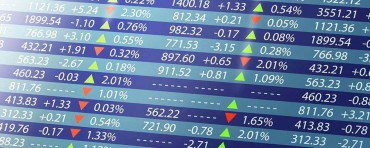
Buying and selling stock options isn’t just new territory for many investors, it’s a whole new language, new world.
Let’s see how to buy stock options. They are not new, there are historical findings that confirm their use during the Antiquity period.
You might suppose these options markets are another superfine financial instrument that Wall Street gurus created for their own dishonest purposes, but you would be wrong.
Actually, options contracts did not originate on Wall Street at all. These types of instruments exist for thousand – long before they began officially trading in 1973 under the name of the Chicago Board of Options.
Since you have a better understanding of what options are (calls and puts) let’s look at how to buy a call option in a more detailed explanation.
How to buy stock options
At first, place, how to buy a call option. To buy a call you must first recognize the stock you think is going up and find the stock’s ticker image.
When you get a quote on a stock on most sites you may click on a link for that stock options chain which lists every actively traded call and put option that exists for that stock.
Let’s go step by step:
1) Identify the stock that you think is going to go up in price
2) Review stock Option Chain
3) Select the Expiration Month
4) Select the Strike Price
5) Determine if the market price of the call option seems reasonable
Are there the options for all and every stock?
Well, this is a fantastic question because options cannot be traded for all stocks. Some of them don’t have the options. You can buy options for only the most popular stocks. They are tradable. Also, there is no possibility to always buy a call with the strike price that you want for some options.
Strike prices are generally, in intervals of $5 e.g. $30, $35, $40. Occasionally, you can find $34,5 or $32,5 available for popular stocks.
Also, there is no possibility to always find the expiration month you are looking for on the option for which you want to buy a call. Most of all, you will see the expiration months for the closest two months. Then every 3 months thereafter. Surprisingly, if you find the option that you want to buy a call on, you still need to make sure it has enough volume trading on it. Just to provide liquidity so that you can sell it if you decide to.
Are options frequently traded on the most stocks?
The most stock options are infrequently traded. Therefore have a higher bid/ask spread.
To buy a call you have to understand what the option prices mean and you have to find one that is reasonably priced.
If trading is at $22,5 a share in September and you are looking to buy a call of the November $32 call option, the call option price is regulated like a stock, fully on a supply and demand basis.
If the price of the call option is $0.5 then not many people are expecting to rise above $60; and if the price of that call option is $4,00, then you know that a lot of people are expecting that option to rise above $60. The most important thing to understand when you want to buy a call is that option prices are a function of the price of the underlying stock, the price, period left to expiration, and volatility of stock itself. The volatility and the expected volatility of the stock are keeping traders in different opinions and hence drives prices.
The most important\ thing to understand when you want to buy a call is that option prices are a function.
The function of the price of the underlying stock, the price, period left to expiration, and volatility of stock itself.
The volatility and the expected volatility of the stock are keeping traders in different opinions and hence drives prices.
Many genuine investors and traders wake up in the morning and sneak a peek at the stock futures to anticipate where the market will open in comparison to the previous day’s close.
– The security on which to buy call options.
Suppose you think XYZ company stock is going to rise over a specific period of time. You can consider buying XYZ call options.
– The number of options contracts to buy.
Each option contract holds 100 shares of the underlying stock. Buying 3 call options contracts, for example, grants the owner the right, but not the obligation, to buy 300 shares (3 x 100 = 300)
– The strike price.
Strike price refers to the price at which the owner of options can buy, let’s say the stock when the option is exercised.
For example, XYZ company ‘s 100 call options allow the owner the right to buy the stock at $30, regardless of what the current market price is. In this case, $30 is the strike price (this is known as the exercise price too).
– The trade amount that can be supported.
This means the maximum amount of money you want to use to buy call options.
– The expiration month.
Options do not last forever. They have an expiration date.
Say, if the stock closes below the strike price and a call option has not been exercised by the expiration date. It expires worthless. And the trader no longer has the right to buy the underlying asset and the trader loses the premium paid for the option.
Most stocks have options contracts that last up to nine months. Traditional options contracts typically expire on the third Friday of each month. So, you must be aware of how to buy stock options.
–The price to pay for the options.
When you buy the stock for the stock price, you buy options for what’s known as the premium.
Premium is the price to buy options. In 100 XXX call options example, the premium might be $4 per contract.
It means the total cost of buying one XXX 100 call option contract would be $400 ($4 premium per contract x 100 shares that the options control x 1 contract = $400).
If the premium were $6 per contract, instead of $4, the total cost of buying 2 contracts would be $1,200 ($6 per contract x 100 shares that the options control x 2 total contracts = $1,200).
– The type of order.
Options prices are constantly changing, like stocks. So, you may choose the type of trading order with which to purchase some options contract.
There are several types of orders, including market, limit, stop-loss, stop-limit, trailing-stop-loss, and trailing-stop-limit.








